The Digitization of the Archive of Friedrich W. Hinkel
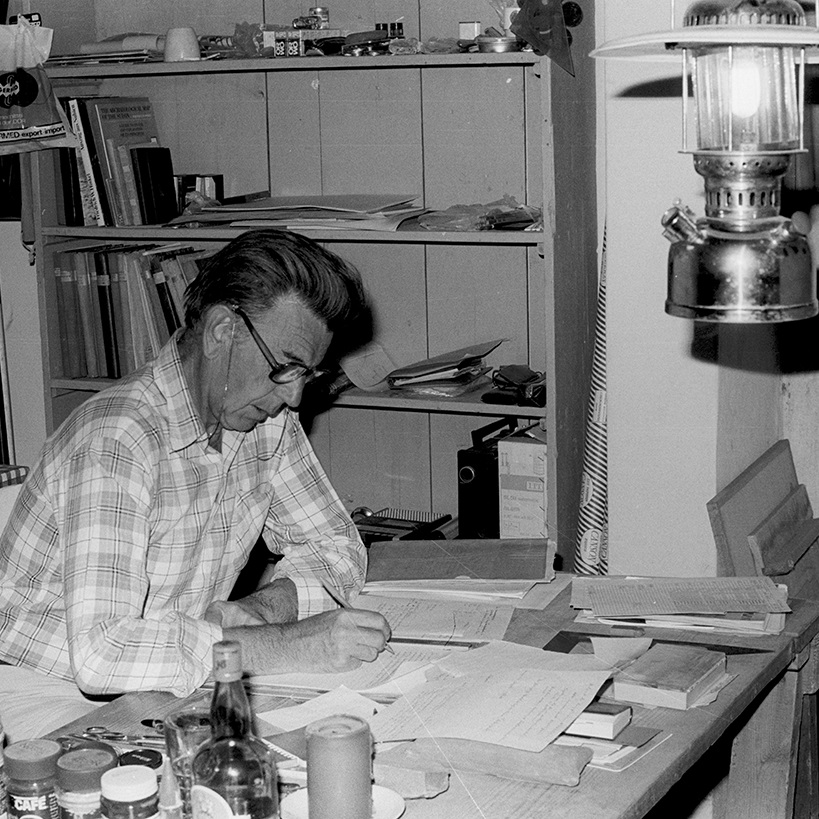
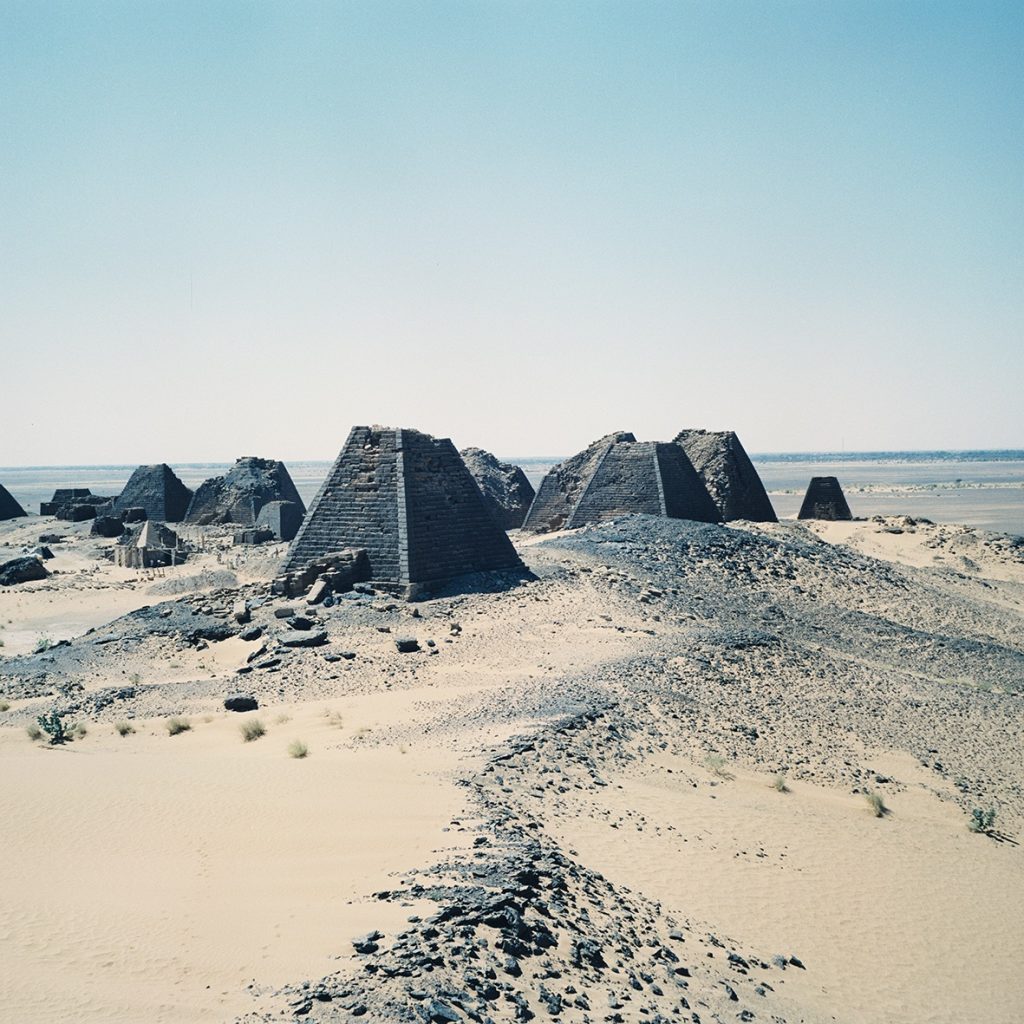
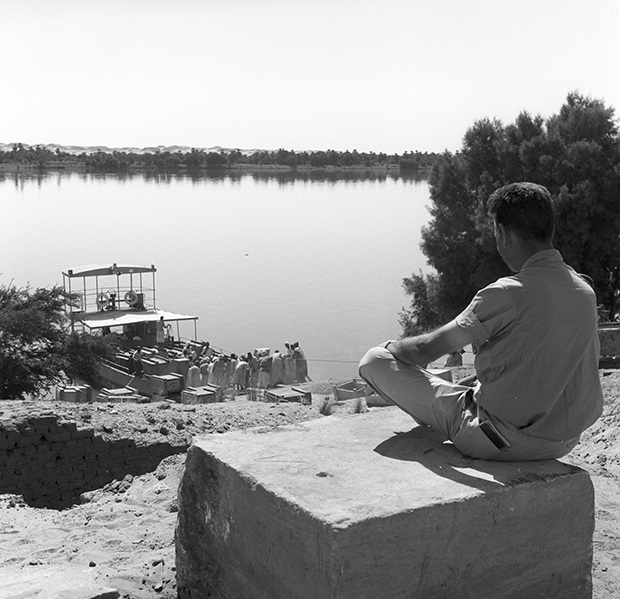
The archive of Friedrich W. Hinkel (1925 – 2007) is worldwide the largest privately collected research archive focusing on the cultural heritage of ancient and historic Sudan. The archive represents the results of Dr. Hinkel’s research activities over a period of over 40 years, beginning in the early 1960s. During this time period, he was repeatedly seconded by the Academy of Sciences of the German Democratic Republic (GDR) to work directly for the Sudan Antiquities Service. Among his most notable contributions to the study and protection of Sudan’s cultural heritage are the relocation of the temples of Semna, Kumma, Buhen, and Aksha, all which were endangered due to the building of the Great Dam;the re-excavation of the temple complex M 250 in the Royal City of Meroe; and his large-scale preservation activities with regard to the pyramids of Meroe. During the course of his work, Friedrich W. Hinkel collected information concerning thousands of cultural heritage sites in Sudan (including the area of the Republic of South Sudan which became independent in 2011) in order to publish a comprehensive account of Sudan’s cultural heritage in his own publication series “The Archaeological Map of the Sudan,” which he founded in the 1970s. As a result of his work for the Sudan Antiquities Service (now the National Corporation for Antiquities and Museums), he had unprecedented access to sites and documents which was denied to other international researchers.
Due to the generous financial support of the Qatar Sudan Archaeological Project (08/2014 to 03/2016) and the German Ministry of Foreign Affairs (04/2016 to 12/2016), it was possible to register and digitize Friedrich W. Hinkel’s vast research archive in order to make it digitally accessible. The research estate was digitized in cooperation with the CoDArchLab of the University of Cologne and NCAM. In the course of the project, the majority of the photographic and textual material held in the archive was digitized and integrated into the web-based IT-environment of the iDAI.world. The information and metadata associated with the material is based on Hinkel’s own notes and findings and does not represent a scientific evaluation of the project. In total, over 34,000 photographs, about 12,000 slides, 532 topographic maps, over 4,000 drawings in ink and pencil, over 20,000 index cards, and 288 binders with collected research material (in topographical order) were digitized. The results of the project, which were concluded in December 2016, are published online under the URL https://arachne.dainst.org/project/hinkel. For legal reasons, not all digitized documents are presented online. Due to the sensitive nature of the digitized material, access to the digitized archive is limited to registered users (contact: hinkel-archive@dainst.de).
Members
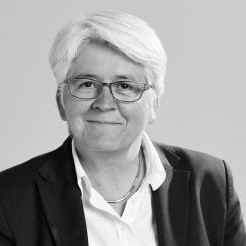
Prof. Dr. Dr. h.c. Friederike Fless
DAI Berlin Head Office| President of the German Archaeological Institute
praesidentin@dainst.de
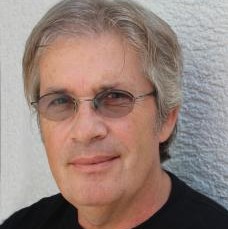
Prof. Dr. Reinhard Förtsch
DAI Zentrale | IT Director
reinhard.foertsch@dainst.de
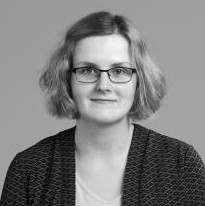
Solveig Lawrenz M.A.
DAI Berlin | Hinkel- Digitisation project
solveig.lawrenz@dainst.de
Figure Captions
Fig. 1
Fig. 2
Fig. 3